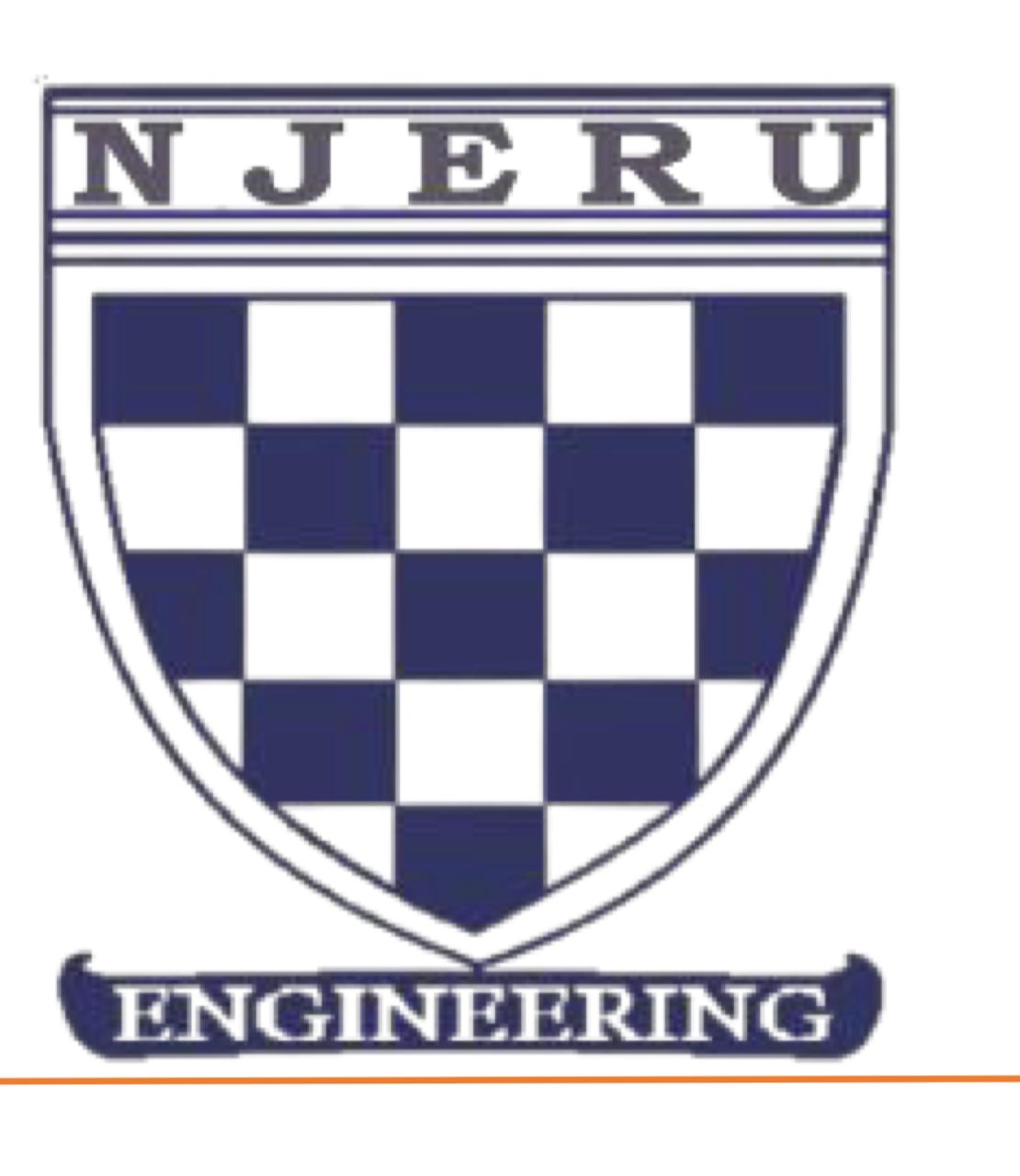Vol: 1 Issue: 1
Modified Design Approach for Conventional Oil Water Separator
Ekeng, E. E., Ibiang, I. E
1. INTRODUCTION
Produced water during oil and gas extraction constitutes a major waste stream as it pollutes both land and the receiving waters. Hence efforts in preserving the natural environment in terms of improving the quality of effluent sent to the environment, and controlling or reduction of wastewater from oil and gas production justify this research. Also considering the amount of money spent in treating oily wastewater effluent including frequent litigations with government agencies and communities in the area of pollution gave credence to this study. Hence the need to continuously improve on the working of the conventional oil-water separation in terms of design becomes a necessity. [5] novel design methods for conventional oil-water separators and [3] did not mention pressure as a variable in their derivation for various parameters aiding the design of separators besides the flow rate, separator length, width, height/depth, residence time, volume etc. However, most times these gravity separators are hydro-tested to determine their minimum and maximum pressures. In the oil and gas industries pressure plays a major role right from the reservoir to the sub-surface and through the surface where it undergoes various transformations and the discharge of by-products of wastewater called produced water and gas flaring. Apart from the gases released from the valued fluid which exert tremendous pressure on the vessel, relief valves are provided in these vessels to save them from damage, injury to personnel and lost time in operation. Also, the separator must be adequately sized to handle the total flow of gas and liquids that could potentially cause an overpressure situation. The valve relieved the pressure by routing this stream to a safe location where it could be vented to the atmosphere or burned. In other words, these vessels are called pressure vessels. Hence this work intends to incorporate pressure into the equations used in designing these vessels by API extension tagged Modified Design Method. This Modified Design Method will then be used in designing an oil-water separator and compare results with that of the City of Tacoma.
2. Methods
The method involved detailing and comparative analysis of the two methodologies of the city of Tacoma design approach and modified design method. Considering the five physical models constructed, the model with the most appreciable separation efficiency was used for the design in terms parameters obtained.


